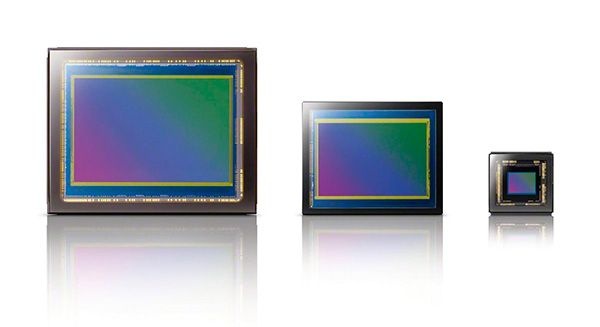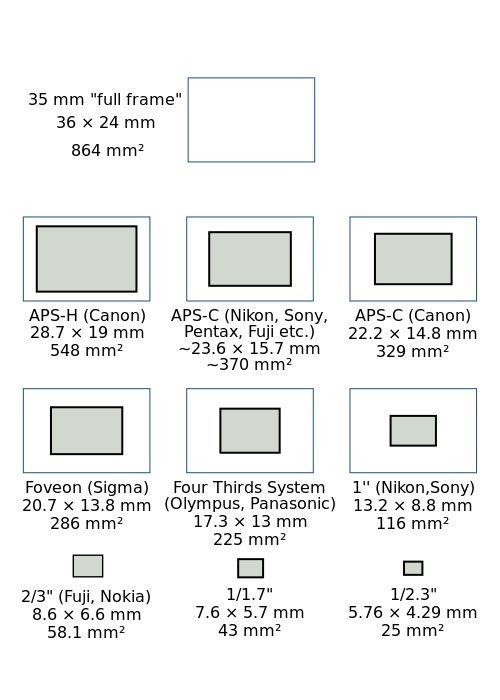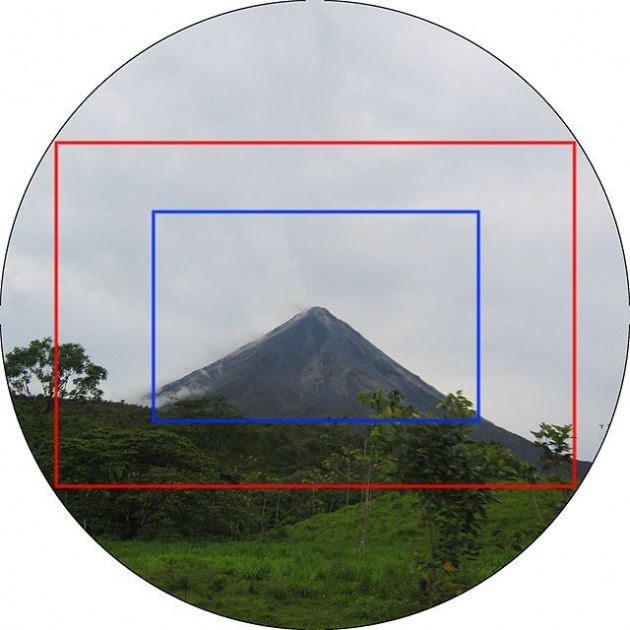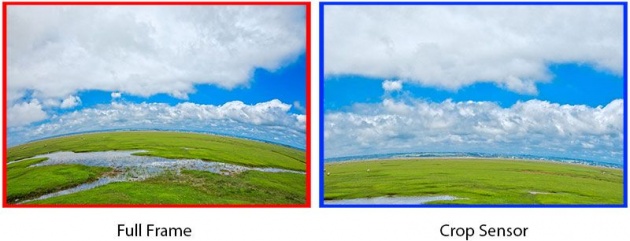Chapter 2 - Sensor Explained
Camera sensors are the most important part of any digital camera because its what actually captures the image. However, sensors don't really have much aesthetic presence when it comes to cinematography. Lenses have. In this chapter I will explain the difference between the most popular consumer camera sensors and most importantly, how it will affect the use of your lenses.

First of all, we have to define what means "Crop Factor". Because the standard in motion picture format is 35mm, all digital cameras sensors compare to this format when referring to the size of a particular sensor. In other words, this is the standard by which all other smaller or bigger sensors relate and thus, has a crop factor of 1. Example: A micro 4/3 sensor is said to have a "2x crop factor" because the size of the sensor is about half the size of a standard motion picture 35mm film format. Now, these are the most common sensors in consumer DSRL cameras:
Full Frame: The size of a full frame sensor camera is about the same size of a 35mm film camera roll. Crop factor of 1.
APS-C: The crop factor of this sensor compared to full frame is of approximately 1.5x. Mostly commonly seen used in Canon's EF mount cameras and Nikon DX series.
Micro Four Thirds (Micro 4/3): Has a crop factor of 2x. Panasonic and Olympus manufacture cameras with these types of sensors.

OK So, why does this matters?
It matters because the focal distance of your lenses will change depending on the sensor you choose. I.E. A 50mm lens will give you an angle of view of a 100mm lens in a Micro 4/3 sensor camera because of the crop factor of 2x. To give you another example, a 28mm lens on a APS-C sensor will give you an angle of view of a 42mm lens (28 X 1.5 = 42). This is the math behind all this:
(Lens Millimiters) x (Crop Factor) = Real Actual Lens Millimiter
This happens because if you use a lens made for a Full Frame camera and you capture an image with a sensor that is half the size of 35mm film camera, you will capture a smaller part of the frame, which will give you a smaller field of view. This is illustrated in this next picture. The RED rectangle represent a Full Frame sensor and the BLUE rectangle represents a smaller sensor.

So my lens becomes another lens?
There is a terrible misconception around this subject that I want to clarify. Some people believe that if, for example, you put your 50mm lens into a Micro 4/3 camera, the lens BECOMES a 100mm lens. It does not. What you will end up is with a 50mm lens with a field of view equal to that of a 100mm one. You will still get the same perspective of a 50mm lens. The easiest way for me to illustrate this is with a figheye lens. Both pictures taken with the same Fisheye lens with different sensors:

As you can see, both images have the same perspective and lens effect, in this case a strong fisheye effect, only the field of view changes.
Is the depth of field the same?
Sadly no. It does change. And the reason it does is because If you shoot an image in a Full Frame camera and you try to shot the exact same image but with a smaller camera sensor, you will realize that you'll have to move back to be able to get the same field of view. And the farther away you get from your subject the less shallow your depth of field becomes, producing a more in-focus background. So in this case, for producing creamier bokeh, the larger the sensor, the better.
Conclusion
The way I approach lenses is the following:
Full Frame: Best for shooting in small spaces. Easily archives shallow depth of field.
APS-C and larger: All arounder type of camera.
Micro 4/3 and smaller sensors: Great for telephoto photography, like sports, birds, nature, etc. Hard to get shallow depth of field.
I hope you'll use this information for your advantage at the time when choosing your gear. If you got any questions you can leave them at the comment section below. Thanks for reading!
Also check out the past articles on this series:
Filmmaking Tutorials: Chapter 1 - Getting Geared Up For Less Than US$ 700.00!
Filmmaking Tutorials: Chapter 2 - Sensors Explained



